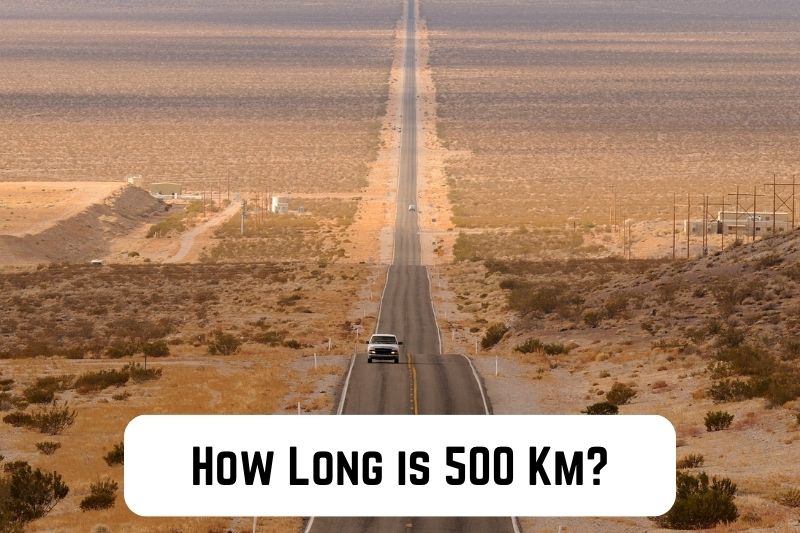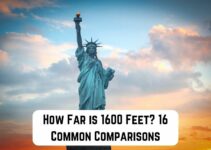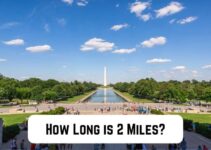500 kilometers is a significant distance, roughly equivalent to 310 miles. It’s often associated with travel distances, and it’s about the distance between some cities or destinations.
Understanding how long 500 kilometers spans can be beneficial in practical ways, ranging from travel planning to logistical considerations and personal goals.
This article will explore 13 comparisons you can use to understand the scale of 500 kilometers. They are relatable items, including sports fields and famous landmarks.
Whether you’re estimating travel time, setting fitness objectives, or simply curious about the scale of this distance, there’s something for everyone.
Read: How Big is 30 Mm? 14 Common Comparisons (+Pics)
Let’s dive in.
13 Common Comparisons For 500 Kilometers
First: How long does it take to travel 500 kilometers?
Considering the maximum speed limit in most rural areas of the United States, about 70 mph, it would take about seven hours to drive 500 kilometers.
And, at the average person’s walking speed, you’d need about 77 to 104 hours to walk a distance of 500 kilometers. That’s 3 to 4 days without stopovers!
If that doesn’t make it easier to visualize 500 kilometers, the following comparisons will give you a practical perspective of this distance.
1. 1,562 Laps Around a Standard Soccer Field
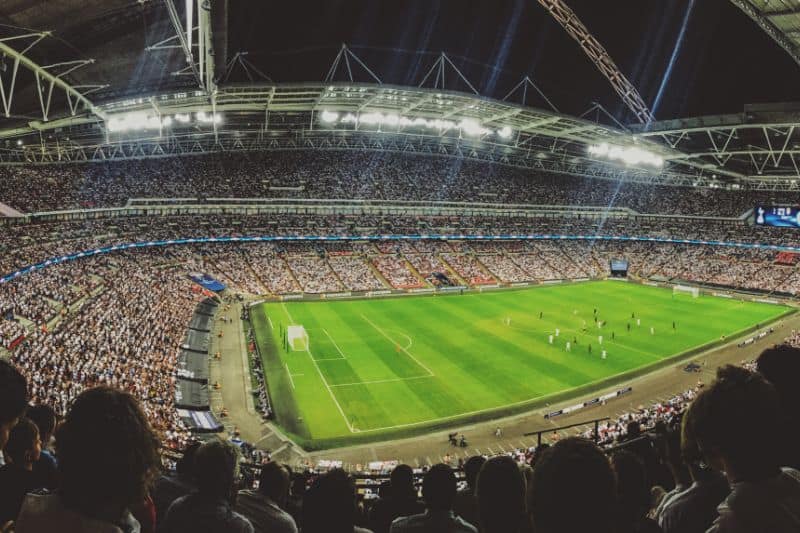
The standardized dimensions and widespread familiarity of sports fields make them convenient benchmarks for discussing and visualizing distances.
A standard soccer field, for example, measures 100 meters long by 60 meters wide. That means one lap around the pitch is 320 meters or 0.32 kilometers.
Thus, imagine doing as many as 1,562 laps around a standard soccer field to visualize 500 km.
2. 1,562 Laps Around an American Football Field
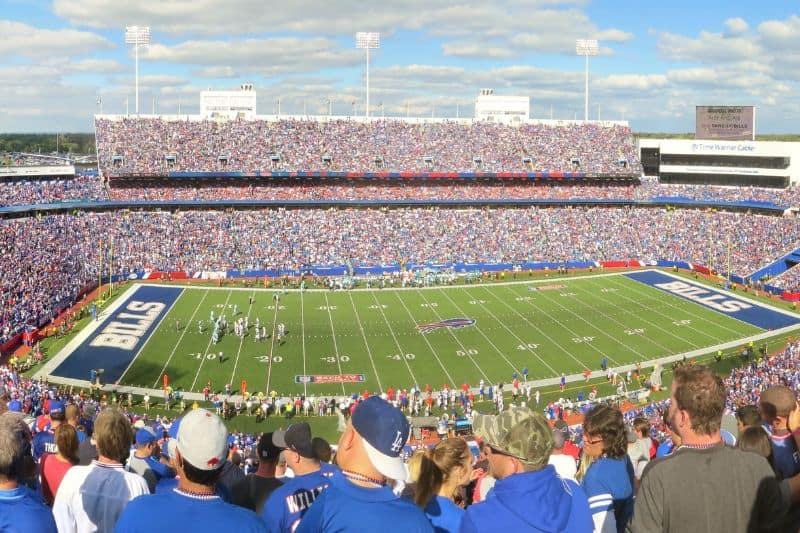
The thought of a soccer field reminds you of another almost identical sports field: the American football field.
And it’s the same story when you use an American football field as a reference point since these fields are almost the same size considering the two end zones of the American football field.
So, you can replicate the same trick here to understand the significance of 500 kilometers.
3. 1,250 Laps Around a Standard Running Track
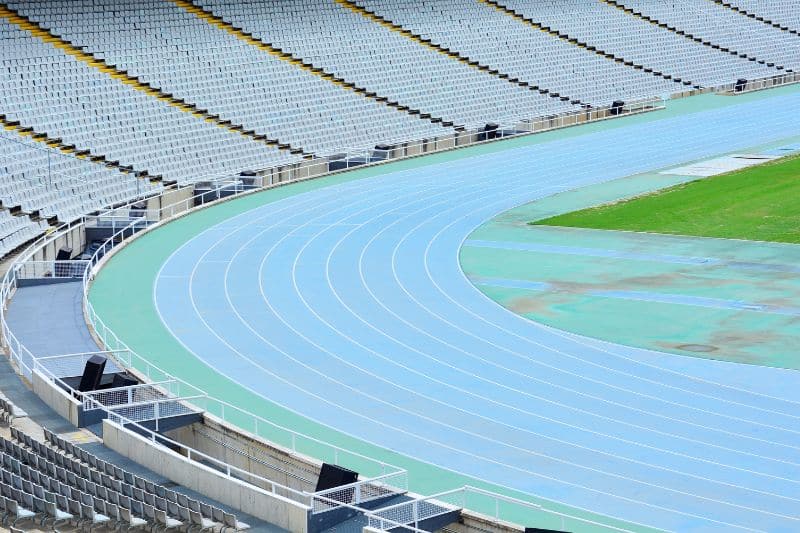
Running tracks are oval-shaped facilities for various activities, including sprinting, middle-distance running, long-distance running, and field events like pole vault and long jump.
Most running tracks are 400 meters long, i.e., the distance covered in one lap around the innermost lane.
To cover 500 kilometers when running or walking around this track, you’d need as many as 1,250 laps.
4. 5 Million Round Trips Along a 100-meter Dash
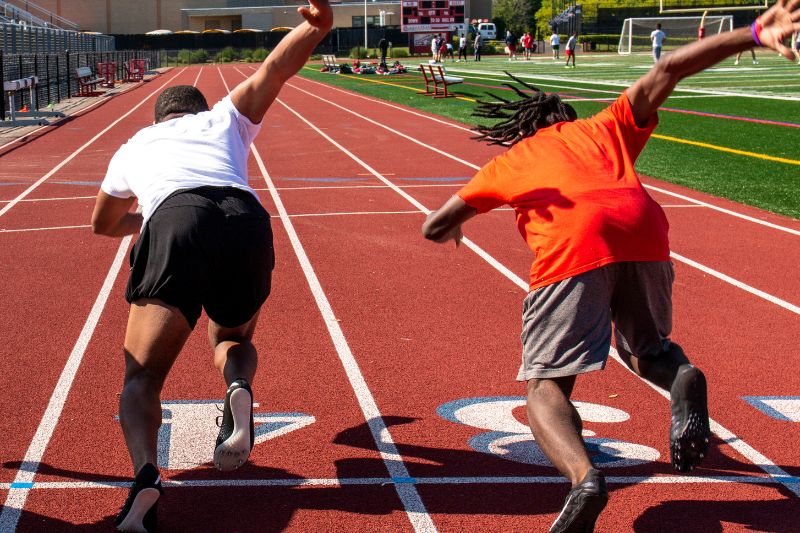
The 100-meter dash is a thrilling and iconic sprint event that showcases the pinnacle of human speed and athleticism.
It’s run on standard athletic tracks with a straight section, typically the final stretch of a standard 400-meter track, and is usually 100 meters long, as the name implies.
If you were to walk from the starting point to the finishing point and back, you would need 5,000,000 round trips to cover 500 kilometers.
5. 250X the Kentucky Derby Race
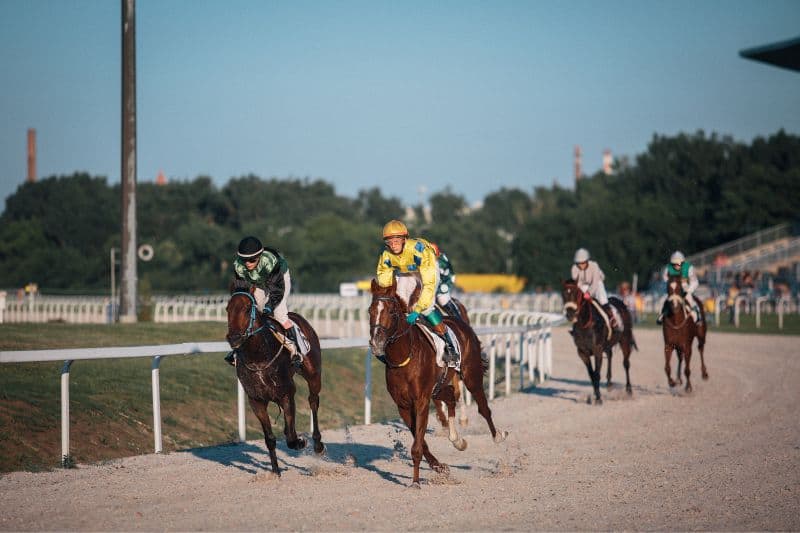
The Kentucky Derby is one of the most prestigious horse racing events globally, held annually in Louisville, Kentucky. It’s a significant event in the world of sports and entertainment, attracting widespread attention, not only from horse racing enthusiasts but also from a global audience.
The race covers over 1.25 miles (approximately 2 kilometers) at Churchill Downs racetrack.
Now imagine a distance 250 times that long. That’s how long 500 kilometers spans.
6. 100 Laps Around Hyde Park
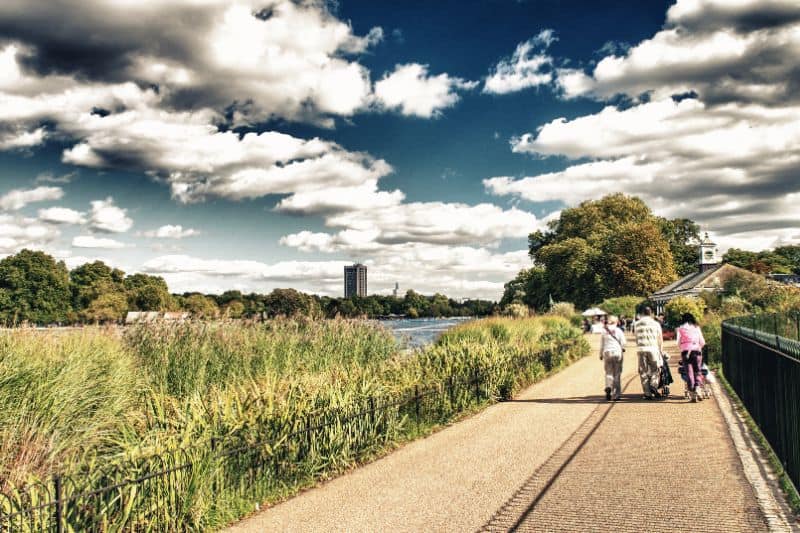
Hyde Park is a cherished green oasis in the heart of London. It offers a diverse range of activities and a tranquil retreat for both locals and visitors.
It’s one of London’s expansive parks, covering about 350 acres with a perimeter of 3 miles or approximately 5 kilometers. That means one lap around the park is 5 kilometers.
Therefore, to visualize 500 kilometers, imagine strolling as many as 100 laps around Hyde Park.
7. 156 Round Trips Along the National Mall

The National Mall is a prominent and iconic open space in the heart of Washington, D.C. As a symbol of American heritage and democracy, it serves as a gathering place for public events, festivals, and protests.
The mall stretches approximately 2 miles from the U.S. Capitol to the Lincoln Memorial.
Since that’s about 3.2 kilometers, you would need around 156 round trips along the Mall’s length to cover a distance of 500 kilometers.
8. 357 Laps Around the Lincoln Memorial Reflecting Pool
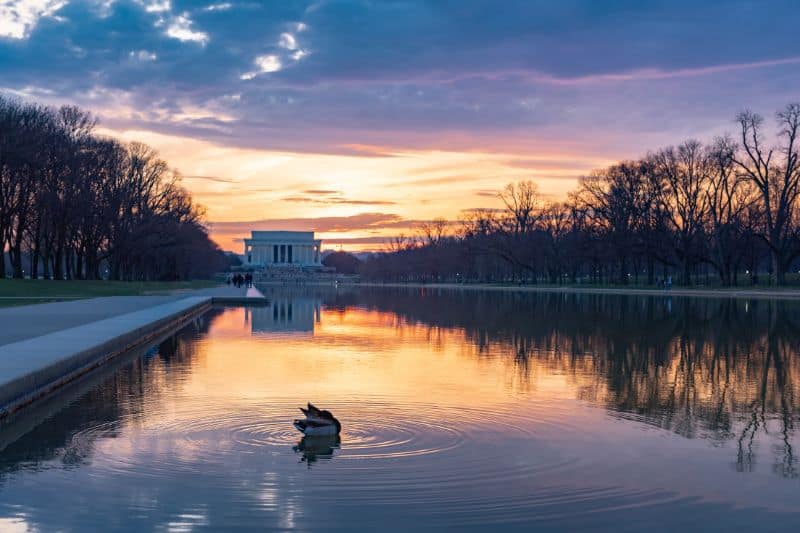
The Lincoln Memorial Reflecting Pool is a central feature of the National Mall. It also contributes to the beauty and historical significance of this iconic area in the heart of the U.S. capital – and is used for civic events, gatherings, and ceremonies, including the annual Fourth of July fireworks display.
It’s one of the largest reflecting pools worldwide, measuring 2,028 feet long and 167 feet wide. One trip around it is 4,390 feet or about 1.4 kilometers.
So, to understand the significance of 500 kilometers, imagine 357 laps around the iconic reflecting pool.
9. 183 Round Trips Along the Golden Gate Bridge
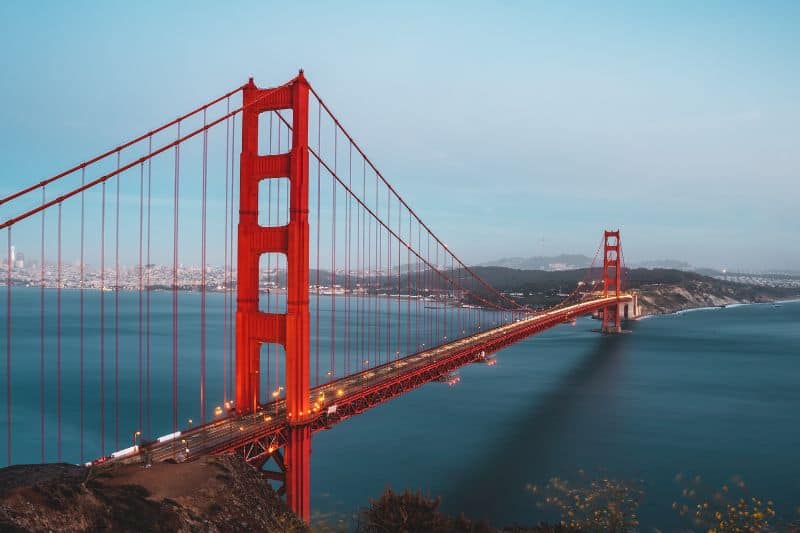
Millions of visitors globally visit and photograph the Golden Gate Bridge each year. It’s an iconic and internationally recognized symbol in San Francisco, California.
The bridge spans 1.7 miles (2.7 kilometers) and was the longest suspension worldwide at the time of its construction.
To cover a distance of 500 kilometers, you’d need 183 round trips along the length of the bridge.
10. 101 Round Trips Along the Mackinac Bridge
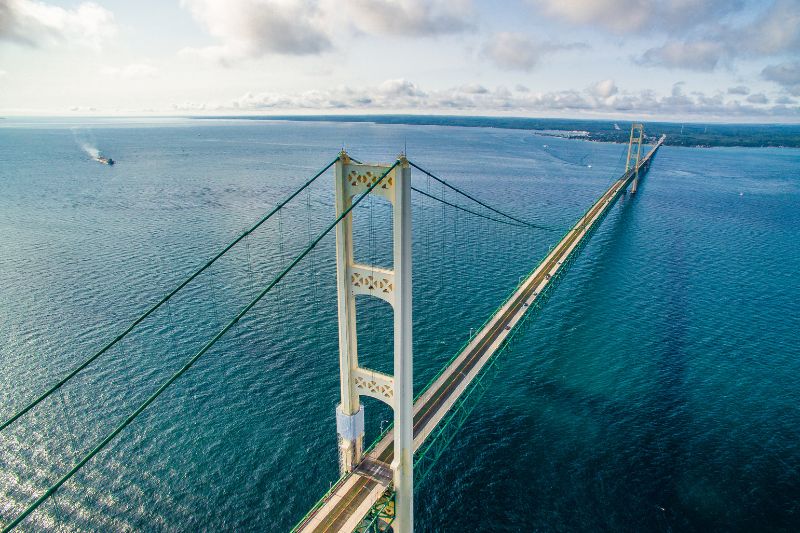
The Mackinac Bridge is a notable suspension bridge in the United States, connecting the Upper and Lower Peninsulas of Michigan. Thousands gather around the bridge to experience stunning views of the surrounding landscapes.
It’s one of the largest suspension bridges worldwide, spanning approximately 5 miles (8 kilometers).
Hence, using the Mackinac Bridge as a reference, you would need approximately 101 round trips across the bridge.
11. 215 Round Trips Along The High Line in New York City
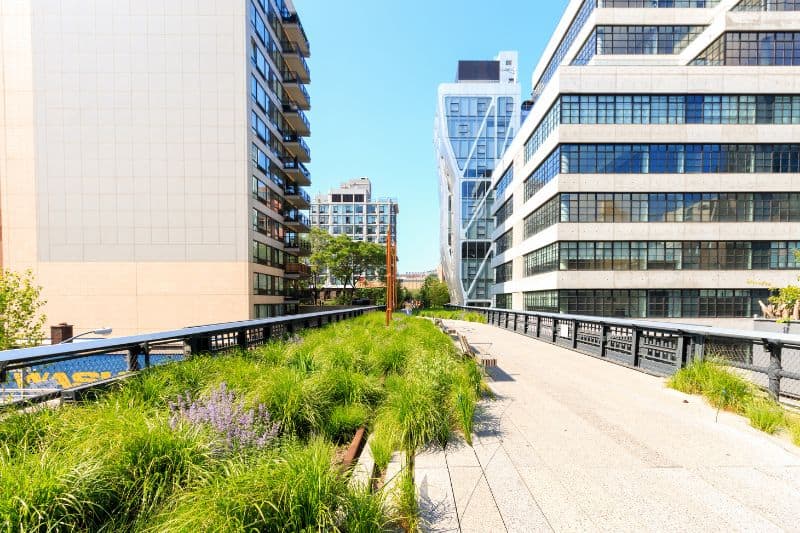
The High Line is a unique elevated park in New York City that has become a renowned urban oasis. Visitors often stroll along the meandering pathways, relax on benches, and enjoy the park’s serenity amidst the bustling city.
The park stretches from Gansevoort Street in the Meatpacking District to 34th Street, covering 1.45 miles or 2.33 kilometers.
To visualize 500 kilometers using the length of the High Line, you would need approximately 215 round trips.
12. 74 Round Trips Along the Las Vegas Strip
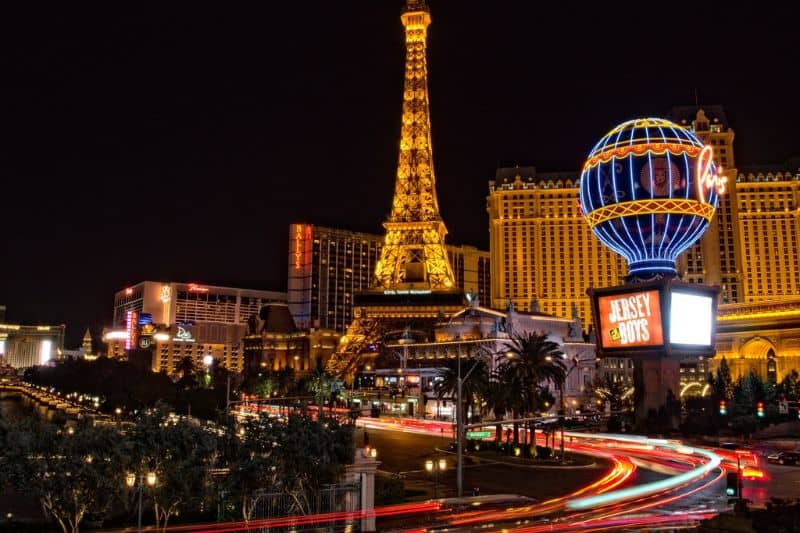
The Las Vegas Strip is a dynamic and ever-changing destination that epitomizes the excitement and entertainment Las Vegas is famous for. It’s the home to some of the most renowned hotels and casinos globally, including iconic establishments like The Bellagio and Caesars Palace.
Given that the Las Vegas Strip is approximately 4.2 miles (about 6.8 kilometers) long, you would need around 74 round trips along the Strip to cover a total distance of 500 kilometers.
Read: How Big is 1 Cubic Yard? 15 Common Comparisons (+Pics)
13. 81 Round Trips Along the Central Park Loop

Also known as the Park Drive or the Central Park Drive Loop, the Central Park Loop is a popular route for walking, running, and cycling in Central Park, New York City. It’s a well-loved outdoor space by locals and tourists, making it a popular destination for outdoor activities such as walking, running, and cycling.
The park is approximately 6.8 miles (about 9.8 kilometers) long.
That means 500 kilometers is comparable to 81 round trips on the Central Park Loop.

